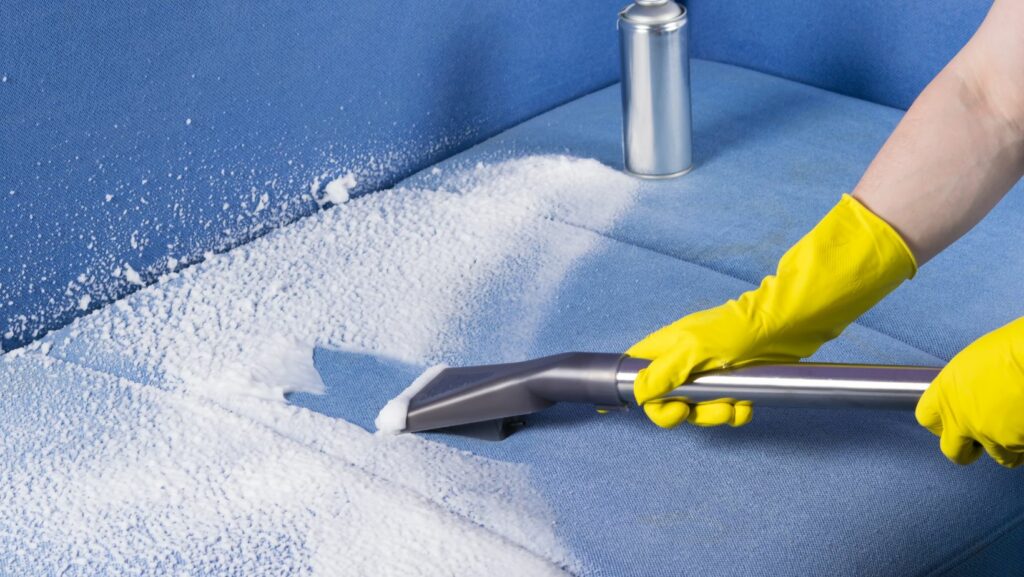Water boiling in a vacuum is a fascinating phenomenon to explore. We all know that water boils at 100 degrees Celsius (212 degrees Fahrenheit) under normal atmospheric pressure. But what happens when we remove the pressure and create a vacuum? Does water still boil, or does something unexpected occur?
To answer these questions, let’s delve into the effects of pressure on the boiling point of water. When we lower the pressure surrounding water, it actually reduces the boiling point. In other words, water can start boiling at temperatures below 100 degrees Celsius (212 degrees Fahrenheit) if the pressure is significantly decreased.
This concept might seem counterintuitive at first, but it is rooted in the scientific principle that boiling occurs when vapor pressure equals atmospheric pressure. By reducing the surrounding pressure in a vacuum chamber, we effectively lower the vapor pressure needed for water molecules to escape into gas form.
Contents
Table of Contents
ToggleDoes Water Boil in a Vacuum
The Relationship Between Pressure and Boiling Point
When it comes to understanding the basics of boiling point, one cannot ignore the crucial relationship between pressure and boiling point. As pressure increases, so does the boiling point of a substance. This correlation can be explained by the fact that higher pressure compresses the molecules in a substance, making it more difficult for them to escape into the gas phase.
To illustrate this concept, let’s take water as an example. Under normal atmospheric pressure at sea level, water boils at 100 degrees Celsius (212 degrees Fahrenheit). However, if we increase the pressure on water by using a pressure cooker, we can raise its boiling point significantly above 100 degrees Celsius. This is because the increased pressure allows the water molecules to move more freely and reach their boiling point at a higher temperature.
Factors Affecting Boiling Point in a Vacuum
Now that we understand how pressure affects boiling point let’s delve into how factors like vacuum come into play. In a vacuum environment where air or any other gas is removed, there is essentially no external pressure acting on a substance. Without this external force to keep molecules together, they have more freedom to escape into the gas phase, even at lower temperatures.
For instance, imagine placing water in a vacuum chamber. As we reduce the surrounding pressure inside the chamber, we observe that its boiling point drops below 100 degrees Celsius (212 degrees Fahrenheit). At extremely low pressures found in outer space or during certain scientific experiments with specialized equipment, water can even boil at room temperature!

Understanding Pressure and its Effects
Understanding the Concept of Pressure
When it comes to understanding pressure, it’s important to grasp the concept behind it. Pressure refers to the force exerted on an object per unit area. In other words, it measures how much force is being applied over a given surface area. The standard unit of pressure is called Pascal (Pa), named after the French mathematician Blaise Pascal.
To put this into perspective, imagine a balloon being inflated. As you blow air into the balloon, the pressure inside increases because there are more air molecules colliding with the inner surface of the balloon. This increase in pressure causes the balloon to expand until it reaches a point where the pressure inside matches the external pressure.
The Effects of Pressure on Boiling Point
Now that we have a basic understanding of pressure let’s explore its effects on boiling point. Typically, when we think about boiling water, we associate it with reaching a temperature of 100 degrees Celsius (212 degrees Fahrenheit) at sea level. However, as pressure changes, so does the boiling point.
Higher pressures result in higher boiling points for liquids. Under normal atmospheric conditions at sea level, water boils at 100 degrees Celsius (212 degrees Fahrenheit). But if we decrease the surrounding pressure by using a vacuum pump or ascending to higher altitudes where atmospheric pressure is lower, water can boil at temperatures below 100 degrees Celsius (212 degrees Fahrenheit).

